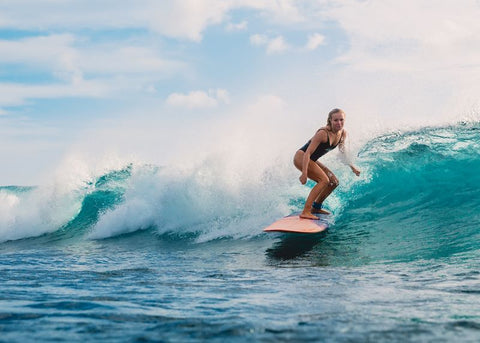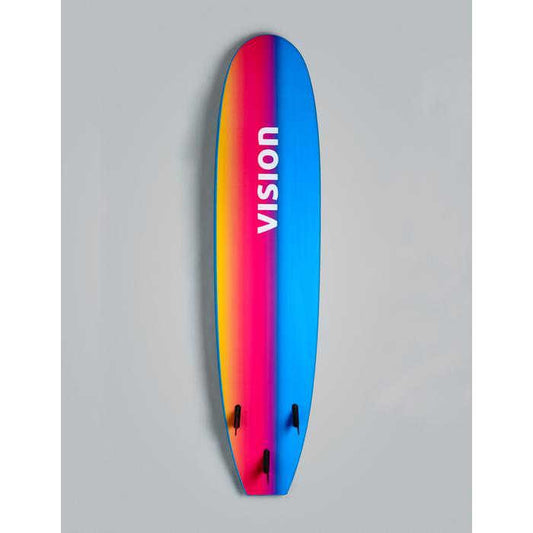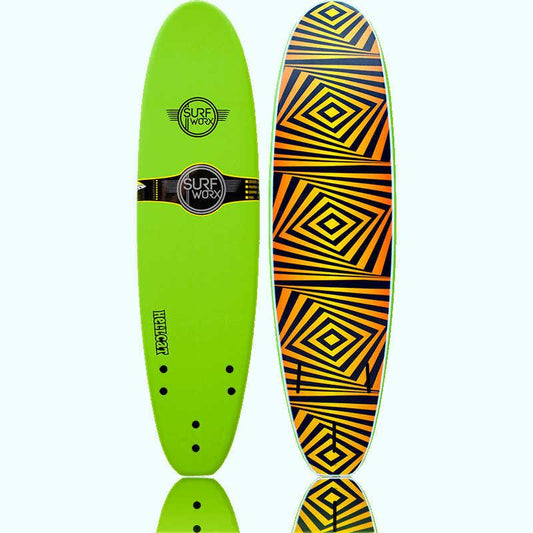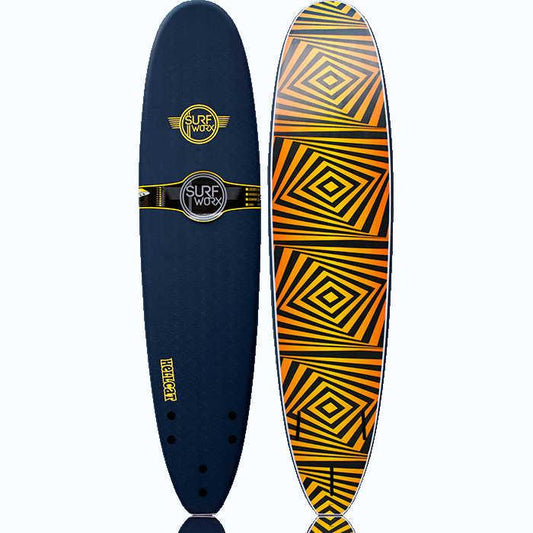How Do You Wax A Surfboard? | Poole Harbour Watersports
India HudsonShare
How do you wax a surfboard?
Surfboard wax is vital to put and maintain on your surfboard as it provides grip and traction for your feet/shoes on your board and stops you slipping off or losing your foot position. From beginners to pros, everyone’s surfboard needs to be waxed so you can stay on the wave and even perform tricks.

What type of wax do you use?
Firstly, to wax your board for the first time, you will need two types of wax – a base coat and top coat. Your basecoat will be the first layer of wax. This coat, which is usually harder, ultimately holds down your topcoat and will help you keep your balance whilst surfing.
Once your basecoat is completed, the topcoat will be applied in a gentle circular motion, and you will see the bumps created by your basecoat become more noticeable and prominent.
You also need to take into consideration the temperature of the water you are surfing in. Cold water wax is softer and warm wax is harder. The wax works against its own melting points, if you had the softer wax in warm conditions it would work less effectively and your board would become slippery again more quickly.
Our Mr Zogg’s Sex Wax have a variety of temperatures for you to choose from.

How often do you wax a surfboard?
This question can depend on how often you go out and on your personal preference.
Definitely wax your board the first time using it, and from there you will have to make a decision on whether you feel like you are losing traction on the board and it is becoming more slippery. As such, this depends on how long you go out for and how frequent your surf sessions are.
As a safeguard, many surfers do add a little bit of topcoat wax before their session to ensure that immediate traction is there.
You do not need to however, clean and wax your board after every session, this is only necessary when you feel you have lost traction on the board and you therefore need to re-wax your board completely again.
How do you apply wax on a surfboard?
After experience in waxing your board, you will most likely get a routine and your own way of doing it to your board. However, if you are starting out or waxing your first board, best to follow standard protocols.
As a rule, you should first apply a base coat to your board. This coat will help you gain traction and hold the top coat in place. When you apply your base coat, you want to achieve a formation of small bumps of wax across the board’s surface. These bumps will help you maintain balance and stability as you surf.
The top coat, which is often just a thin layer of wax, is the final layer of the application process. When applying your top coat, you want to use gentler pressure and move in a circular motion. When you apply the top coat, you should notice that the bumps formed in your base coat are becoming more pronounced. After applying a gentle top coat for a few minutes, your board should be ready to ride.
How to clean up and remove wax?
Wax combs are one of the most popular methods to removing all wax from all boards. Simply run the comb down the surface of the board, clearing away as much wax as possible. To achieve a high-quality clean surface, you may find it necessary to use cloth as well. Don’t stop until your board is glossy and lacks any waxy residue.
Another option is to leave your board covered in sand, as the molecules will interact and loosen the wax substance layers. After a few minutes, this should be able to be wiped off clean.
It’s extremely important that you get your board as clean as you can. Leftover residue from your previous application can interfere with your new job. This can negatively influence traction and balance—something you obviously don’t want to happen.

For any more guidance or advice on this blog, please let us know at 01202 700503, info@pooleharbour.co.uk or Live Chat.









